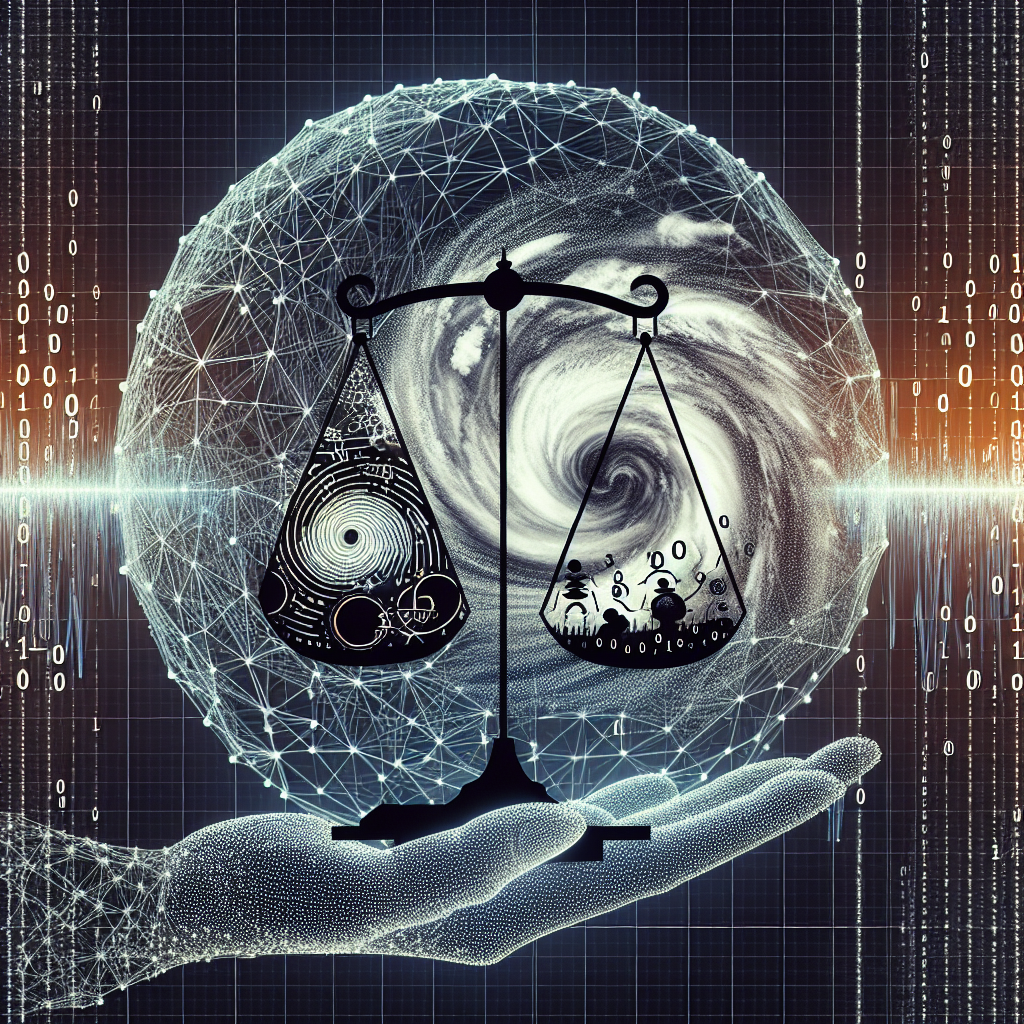Natural disasters such as hurricanes, earthquakes, tsunamis, and wildfires can cause immense devastation and loss of life. While we cannot prevent these disasters from occurring, advancements in technology, particularly in the field of artificial intelligence (AI), have made it possible to predict and mitigate their impact. AI platforms are now being used to analyze vast amounts of data in real-time to forecast natural disasters with greater accuracy, helping authorities and emergency responders prepare and respond effectively.
The Role of AI Platforms in Predicting Natural Disasters
AI platforms play a crucial role in predicting natural disasters by analyzing various data sources such as satellite imagery, weather data, seismic activity, and social media feeds. These platforms use machine learning algorithms to process and interpret the data, identifying patterns and trends that could indicate an impending disaster. By continuously monitoring these data sources, AI platforms can provide early warnings and predictions of natural disasters, giving authorities and communities valuable time to prepare and evacuate if necessary.
One of the key advantages of AI platforms in predicting natural disasters is their ability to analyze large volumes of data quickly and accurately. Traditional methods of forecasting natural disasters often rely on manual analysis of data, which can be time-consuming and prone to errors. AI platforms, on the other hand, can process massive amounts of data in real-time, identifying patterns and anomalies that may not be immediately apparent to human analysts.
Another benefit of AI platforms in predicting natural disasters is their ability to integrate data from multiple sources. For example, a platform may combine satellite imagery of a hurricane with weather data and seismic activity to create a more comprehensive picture of the situation. By analyzing this diverse range of data, AI platforms can provide more accurate and reliable predictions of natural disasters.
AI platforms are also being used to improve early warning systems for natural disasters. For example, in the case of hurricanes, AI algorithms can analyze weather data to predict the path and intensity of the storm, allowing authorities to issue timely warnings to residents in the affected areas. Similarly, AI platforms can analyze seismic activity to forecast the likelihood of an earthquake, enabling communities to take preventive measures and evacuate if necessary.
Furthermore, AI platforms can help in assessing the impact of natural disasters and planning for recovery efforts. By analyzing data on the extent of damage caused by a disaster, AI algorithms can help authorities prioritize resources and allocate aid to the most affected areas. This can help speed up the recovery process and ensure that assistance reaches those who need it most.
FAQs
Q: How accurate are AI platforms in predicting natural disasters?
A: AI platforms have shown promising results in predicting natural disasters with a high degree of accuracy. By analyzing vast amounts of data and using machine learning algorithms, these platforms can identify patterns and trends that indicate an impending disaster. While no prediction method is foolproof, AI platforms have significantly improved our ability to forecast natural disasters and mitigate their impact.
Q: How are AI platforms different from traditional methods of predicting natural disasters?
A: Traditional methods of predicting natural disasters often rely on manual analysis of data, which can be time-consuming and prone to errors. AI platforms, on the other hand, use machine learning algorithms to process and interpret data quickly and accurately. By analyzing large volumes of data from multiple sources, AI platforms can provide more reliable predictions of natural disasters and help authorities and communities prepare and respond effectively.
Q: Can AI platforms help in preventing natural disasters?
A: While AI platforms cannot prevent natural disasters from occurring, they can help in predicting and mitigating their impact. By providing early warnings and accurate predictions of disasters, AI platforms give authorities and communities valuable time to prepare and evacuate if necessary. This can help reduce loss of life and damage to property, ultimately saving lives and resources.
Q: How are AI platforms being used in disaster response efforts?
A: AI platforms are being used in disaster response efforts to assess the impact of natural disasters, prioritize resources, and plan for recovery. By analyzing data on the extent of damage caused by a disaster, AI algorithms can help authorities allocate aid to the most affected areas and speed up the recovery process. This can ensure that assistance reaches those who need it most and help communities rebuild and recover more quickly.
In conclusion, AI platforms are playing a crucial role in predicting natural disasters and mitigating their impact. By analyzing vast amounts of data in real-time, these platforms can provide early warnings and accurate predictions of disasters, helping authorities and communities prepare and respond effectively. As technology continues to advance, AI platforms will likely play an even larger role in disaster prediction and response efforts, ultimately saving lives and reducing the damage caused by natural disasters.

